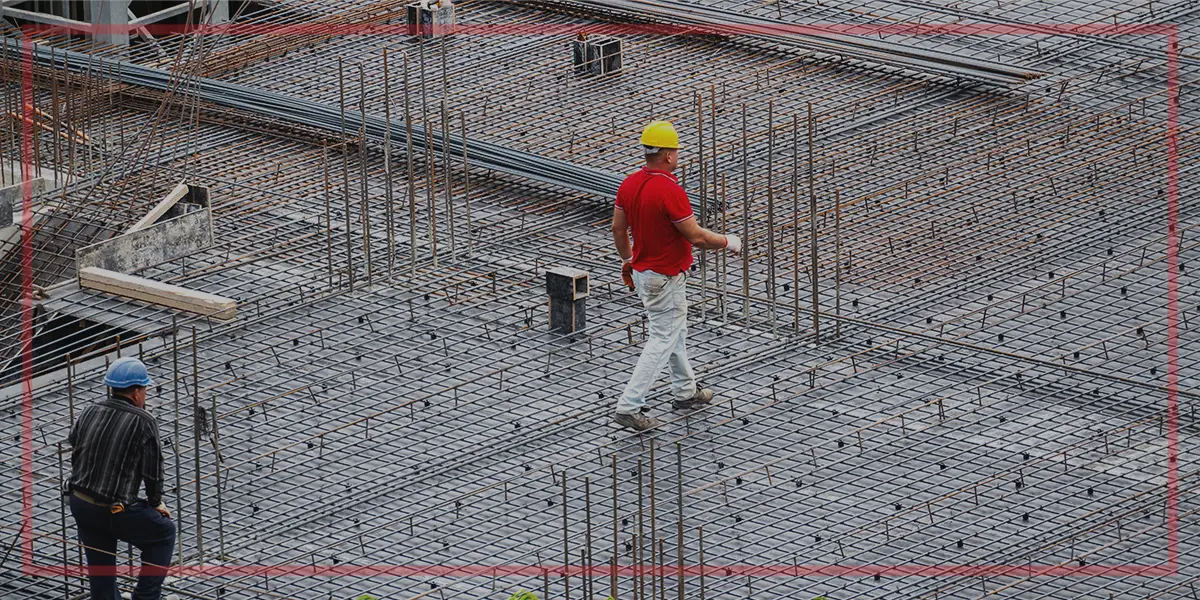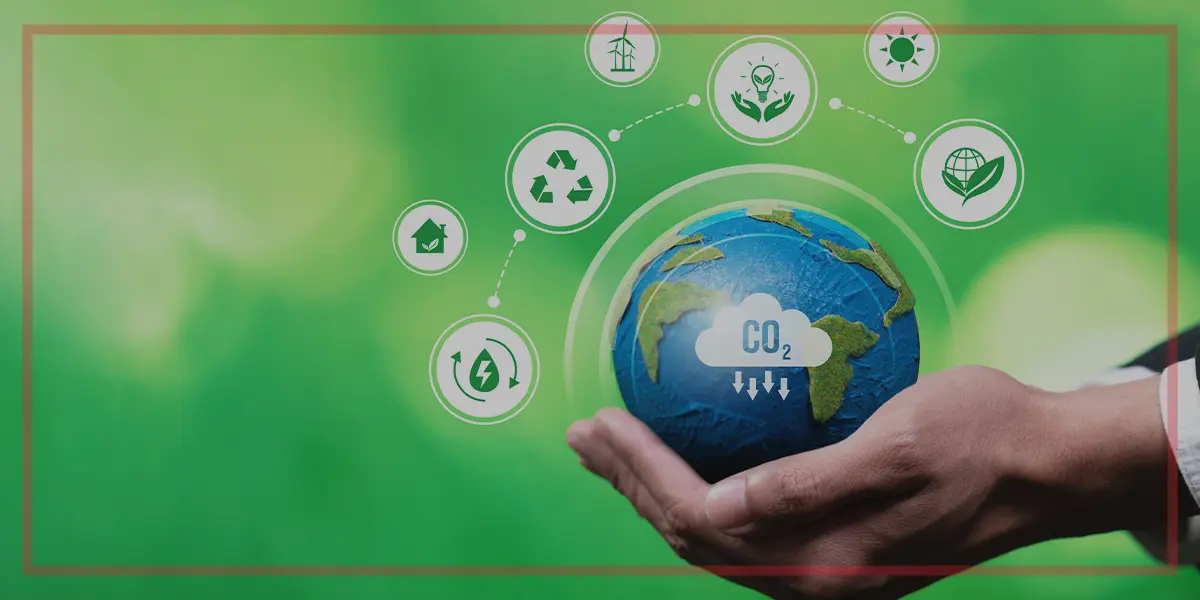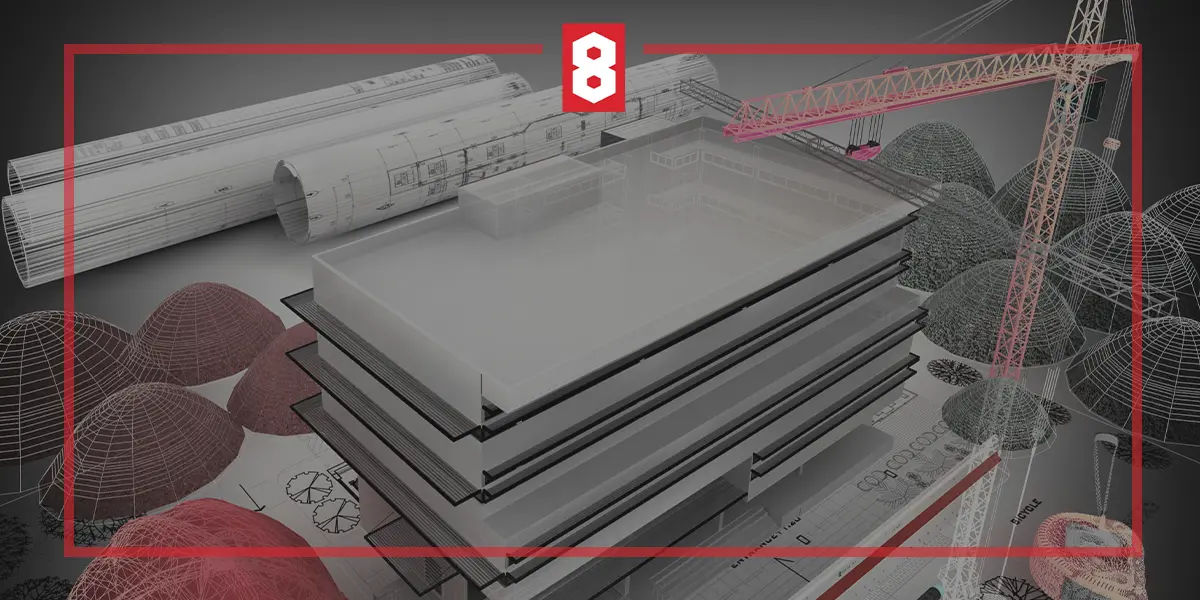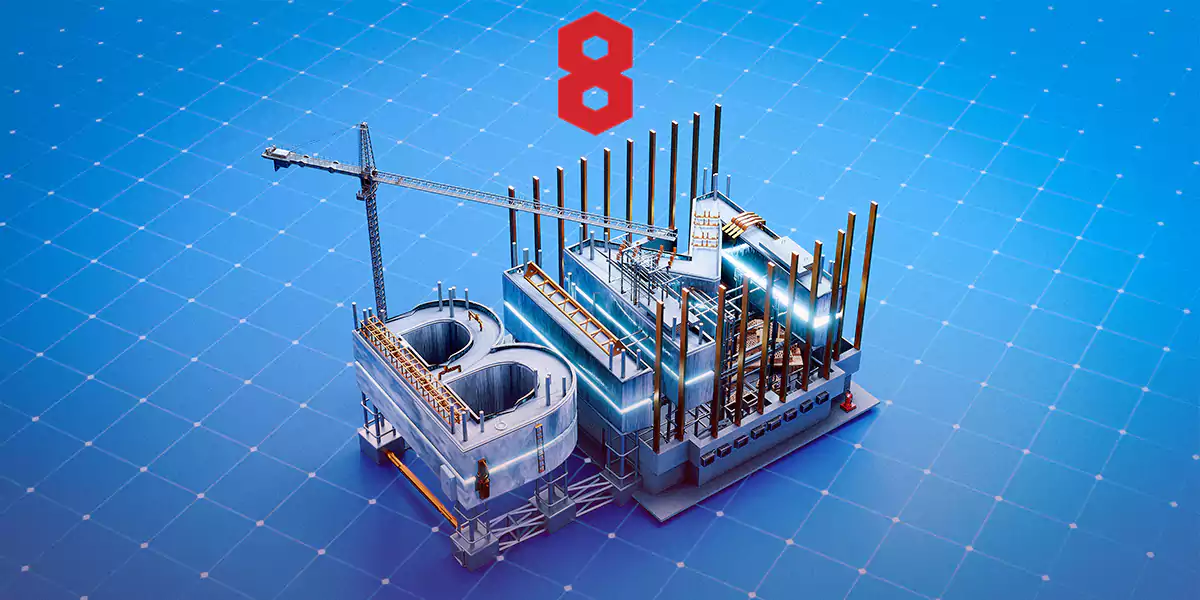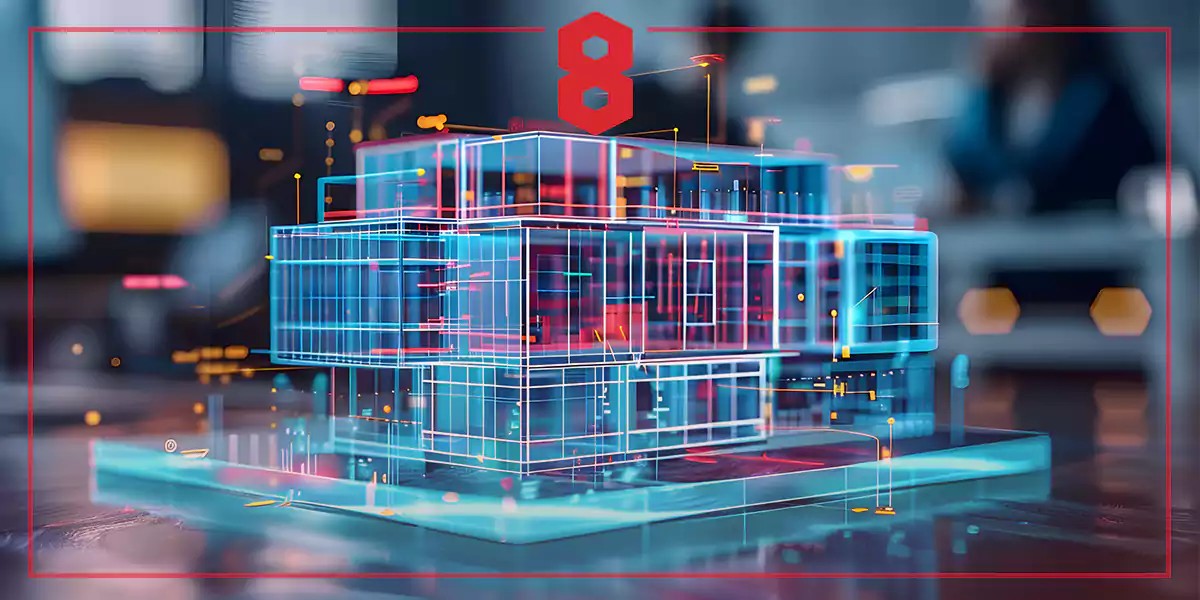The narrative of post-tensioning, a revolutionary construction technique, stretches back to the late 19th century. Early visionaries explored methods to bolster the strength and endurance of concrete structures. However, it wasn’t until the mid-20th century that post-tensioning gained widespread acceptance, transforming the construction landscape.
A Timeline of Innovation: Milestones in Post-Tensioning
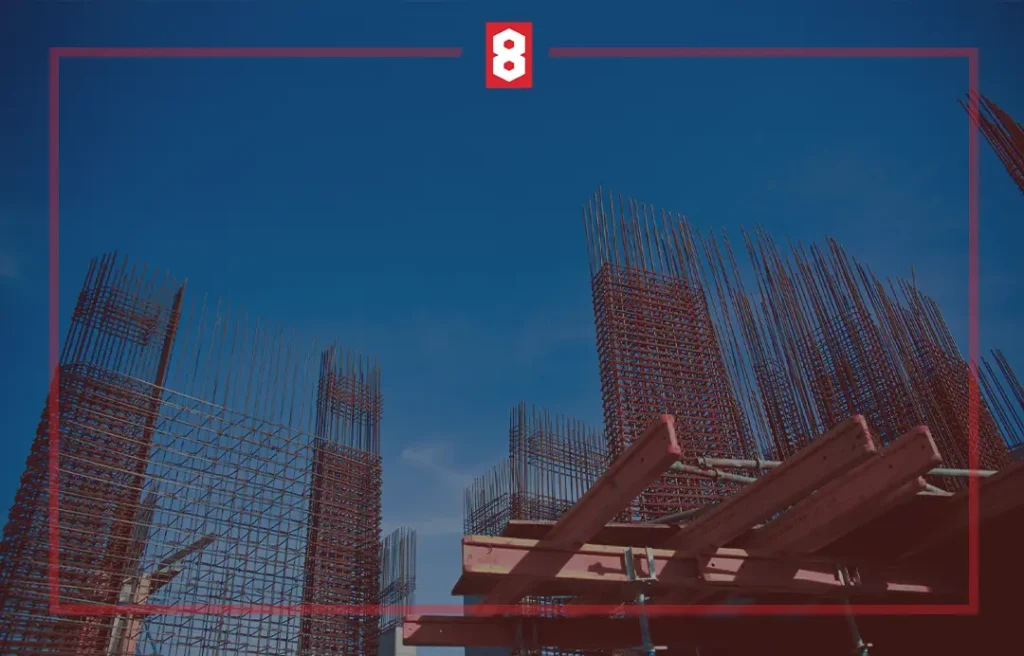
- Early 20th Century: Pioneering efforts in prestressed concrete paved the way for modern post-tensioning practices.
- Mid-20th Century: The post-World War II era witnessed a surge in advancements. Material science breakthroughs led to high-strength steel tendons and sophisticated anchoring systems, propelling the capabilities of PT.
- Late 20th Century: PT became a cornerstone technique for bridges, dams, and high-rise buildings. Additionally, the development of advanced design tools further fueled its global adoption.
- 21st Century: Witnessing the integration of post-tensioning with cutting-edge technologies like Building Information Modeling (BIM), the 21st century has ushered in an era of more efficient and precise design and construction processes.
The Science Behind the Strength: Unlocking the Benefits of Post-Tensioning
Post-tensioning involves applying tensile forces to concrete structures through high-strength steel tendons. This ingenious process delivers a multitude of benefits:
- Enhanced Strength and Durability: Post-tensioning significantly fortifies the strength and resilience of concrete structures. This allows for longer spans, thinner sections, and superior load resistance, making it a valuable tool for global construction projects.
- Superior crack control is achieved by inducing compressive stresses within the concrete. This minimizes cracking, leading to longer-lasting structures. As a result, maintenance costs are reduced, benefiting building owners worldwide.
- PT elevates aesthetics by enabling the creation of visually appealing, slender structures. It minimizes visible reinforcement, meeting the growing demand for striking buildings.
- Post-tensioning unleashes design flexibility. It gives designers greater freedom to create unique and innovative structures. Consequently, these designs cater to diverse architectural styles and functional needs.
BIM: Optimizing PT Design for Success
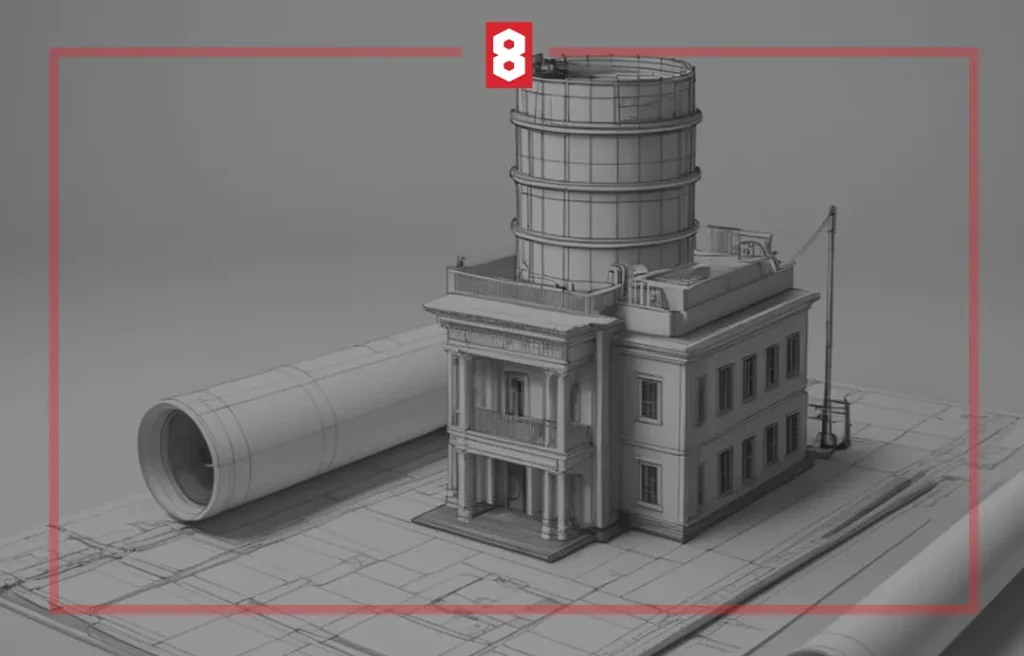
At EDEC, we leverage Building Information Modeling (BIM) to elevate post-tensioning design to new heights. BIM facilitates:
- Improved Coordination: BIM creates a central model where all project stakeholders collaborate seamlessly, ensuring accurate integration of post-tensioning systems within the overall design.
- Enhanced Efficiency: BIM software automates repetitive tasks, streamlining the design process and optimizing tendon layouts and detailing.
- Clash Detection: BIM allows for proactive identification and resolution of potential conflicts between PT systems and other building elements before construction begins.
- Reduced Errors: BIM minimizes the risk of errors in post-tensioning design, leading to fewer costly rework needs during construction.
- Visualization and Communication: BIM enables the creation of 3D models that not only enhance communication with clients and contractors but also facilitate constructability reviews for optimal project execution.
Where Does PT Shine? A Global View of Applications
Where Does Post-Tensioning Shine? A Global View of ApplicationsPost-tensioning’s versatility has transformed construction practices across the globe, finding application in a wide range of structures:
- Bridges: Enabling the construction of longer spans with fewer piers, post-tensioning enhances the aesthetics and functionality of bridges worldwide.
- Buildings: From high-rise marvels to intricate architectural designs, PT empowers the creation of taller, sleeker, and more innovative buildings across continents.
- Dams and Reservoirs: PT ensures the water-tightness and long-term durability of these critical infrastructure components, a vital need for secure water management globally.
- Parking Structures: Multi-level parking structures with longer spans and reduced column sizes become a reality with post-tensioning, addressing parking needs in urban areas worldwide.
- Rehabilitation and Strengthening: Existing structures can be revitalized and their service life extended through PT, promoting sustainable construction practices.
- Industrial Floors: Enhances durability for heavy-load applications.

The Future of Post-Tensioning: A Vision for Innovation
As technology continues to evolve, the future of pt is brimming with exciting possibilities. Here are some key trends shaping the future of PT:
- Advanced Materials: The development of advanced materials, such as high-strength steel and carbon fiber, is pushing the boundaries of PT design. These materials offer improved strength, durability, and corrosion resistance.
- Smart Technologies: The integration of smart sensors and IoT devices enables real-time monitoring of post-tensioned structures, allowing for predictive maintenance and optimized performance.
- Sustainable Practices: The construction industry is increasingly focused on sustainability. PT can contribute to sustainable design by enabling the construction of more efficient and durable structures.
- Digitalization and BIM: BIM continues to revolutionize the design and construction process. By integrating PT design into BIM workflows, engineers can achieve greater accuracy, efficiency, and collaboration.

